Fireproof polymers are revolutionizing the construction industry by providing safe and durable building materials – learn about their benefits here!
Fireproof polymers are quickly becoming the future of safe building materials due to their ability to withstand extreme heat and prevent fires from spreading.
In this blog post, we’ll dive into what makes these innovative materials so effective and how they can be used in various types of construction projects.
So let’s get started!
Fireproof Polymers: An Overview
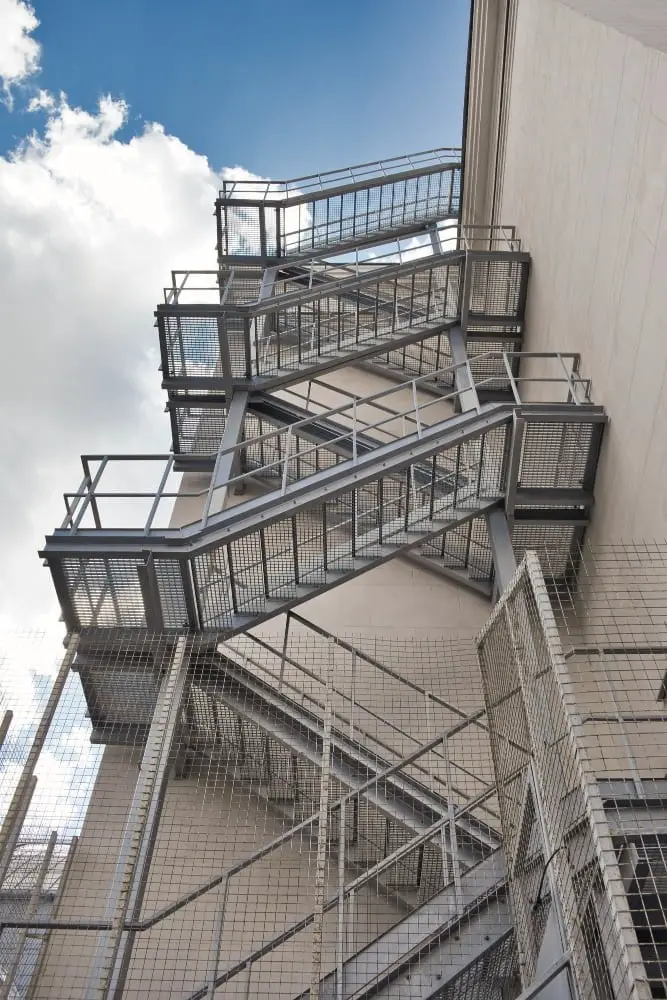
Fireproof polymers are a type of material that has been specifically designed to withstand high temperatures and prevent fires from spreading. They are made up of a combination of different chemicals, including resins, fibers, and additives that work together to create an incredibly strong and durable material.
In the scenario I mentioned earlier about your neighbor’s house catching fire – imagine if their home had been constructed with fireproof polymers. The flames would have struggled to spread beyond the initial point of ignition due to the polymer’s ability to resist heat transfer.
But it’s not just in residential construction where these materials can be useful. Fireproof polymers can also be used in commercial buildings such as hospitals or schools where safety is paramount.
In fact, many building codes now require certain areas within structures (such as stairwells) must use fire-resistant materials like these.
So what makes them so effective? It all comes down to their unique chemical composition which allows them not only withstand extreme heat but also prevents combustion by releasing gases when exposed directly flame or intense heat sources – effectively starving any potential fires before they even start!
It’s clear that using fireproof polymers is an excellent way for builders and architects alike ensure safe construction practices while still maintaining structural integrity without sacrificing aesthetics or design elements- making this innovative technology truly one-of-a-kind!
Types of Fire-Resistant Polymers
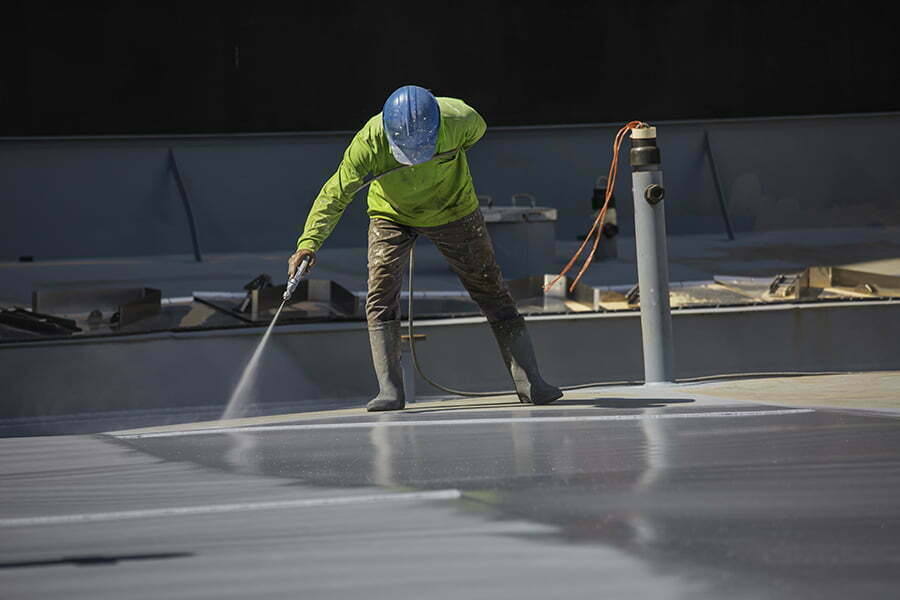
Now that we’ve established the importance of fireproof polymers in construction, let’s take a closer look at the different types available. There are several types of fire-resistant polymers on the market today, each with its own unique properties and applications.
One type is intumescent coatings, which expand when exposed to high temperatures and create a protective barrier around surfaces. These coatings can be applied to wood, steel or concrete structures for added protection against fires.
Another type is polyurethane foam insulation that has been treated with flame retardants. This material not only provides excellent thermal insulation but also helps prevent fires from spreading by releasing gases that extinguish flames.
There are thermoplastic materials such as polycarbonate and acrylics which have inherent flame-retardant properties due to their chemical composition. These materials are commonly used in glazing systems for windows or skylights where safety is paramount.
By incorporating these various types of fire-resistant polymers into building designs and construction projects, we can greatly reduce the risk of devastating fires like the one I described earlier – giving homeowners peace of mind knowing they’re protected by cutting-edge technology designed specifically for their safety.
Polymer Flame Retardants

Polymer flame retardants are a type of fireproof polymer that has been gaining popularity in the construction industry. These materials work by slowing down or preventing the spread of flames, giving people more time to evacuate and firefighters more time to put out the fire.
In our previous scenario, if your neighbor’s house had been constructed with polymer flame retardants, it could have prevented or slowed down the spread of flames. This would have given them valuable extra minutes to escape safely and for firefighters to arrive on scene.
Polymer flame retardants can be added during manufacturing processes as well as applied after construction is complete. They are versatile enough for use in various types of building materials such as insulation foam, wiring coatings, and even furniture upholstery.
One major advantage of using these polymers is their ability to withstand high temperatures without breaking down or releasing toxic fumes like traditional building materials do when exposed to heat. This makes them not only safer but also environmentally friendly alternatives.
As we continue exploring this topic further in this article, you’ll learn about other benefits that come with using fireproof polymers in construction projects – from cost savings due to reduced insurance premiums all the way up through increased safety measures protecting both lives and property alike!
Applications in Construction Industry
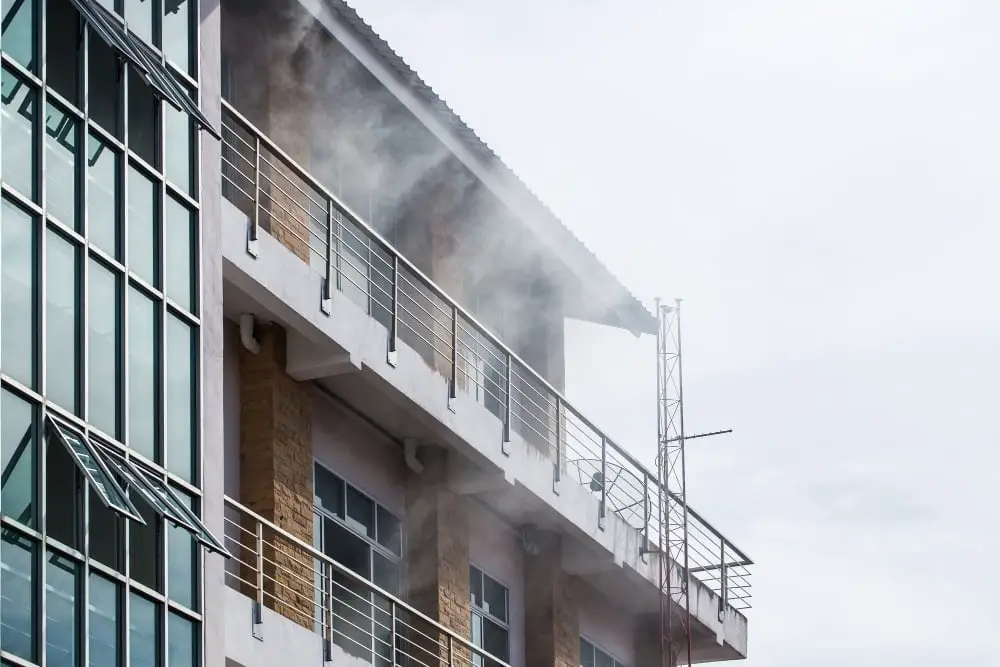
Fireproof polymers are a game-changer in the construction industry, offering a safer and more reliable alternative to traditional building materials. These innovative materials can be used in various applications, from roofing and insulation to flooring and wall panels.
Imagine if your neighbor’s house had been built with fireproof polymer insulation or roof shingles. The flames would have been contained within the structure of the home instead of spreading rapidly throughout it.
This is just one example of how fireproof polymers can make a significant impact on safety in our communities.
In addition to their ability to prevent fires from spreading, fireproof polymers also offer other benefits for construction projects. They are lightweight yet durable, making them ideal for use in high-rise buildings where weight restrictions may apply.
They also have excellent sound-dampening properties that can improve acoustics within buildings.
There is no doubt that fireproof polymers will play an increasingly important role as we strive towards safer building practices across all industries – not just construction but also manufacturing plants and warehouses where flammable substances are present on site.
Safety and Environmental Impact
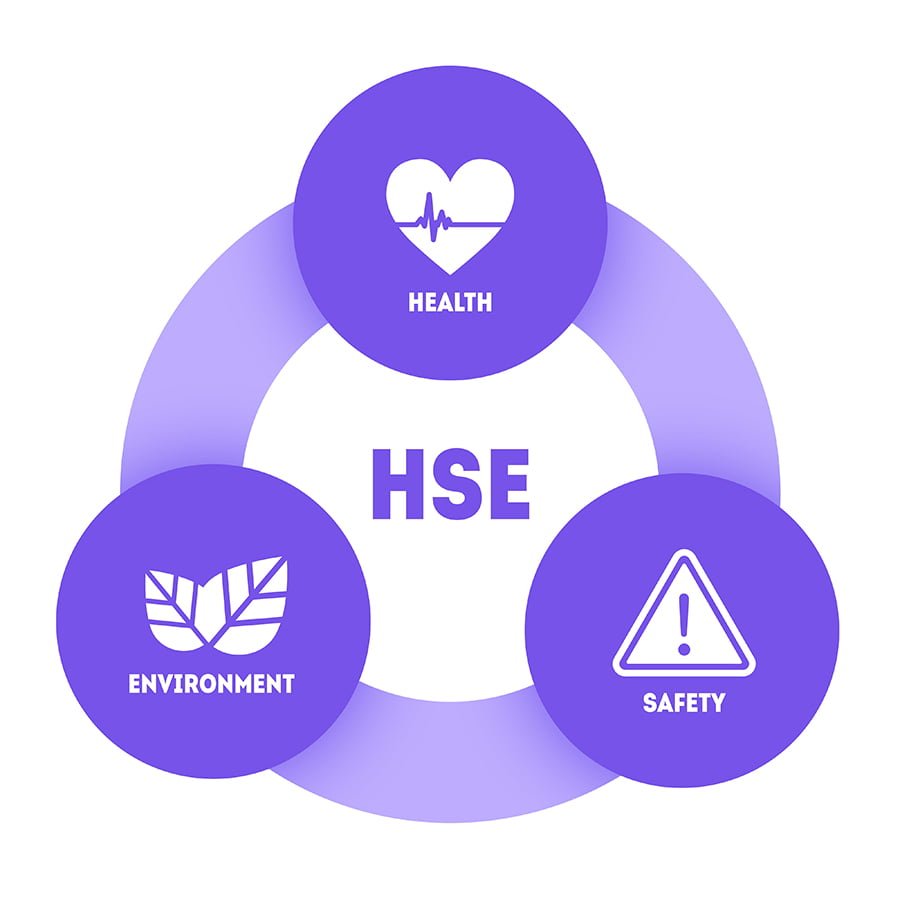
While fireproof polymers are a game-changer in terms of safety, it’s important to also consider their environmental impact. As an expert in the construction industry, I know that sustainability is becoming increasingly important for both builders and homeowners alike.
Thankfully, fireproof polymers have been designed with this in mind. They are made from non-toxic materials that do not release harmful chemicals into the environment when exposed to high temperatures or flames.
This means they can be safely used without causing harm to people or wildlife.
In fact, some types of fireproof polymers even have additional benefits for the environment beyond just being safe and non-toxic. For example, some manufacturers use recycled materials as part of their production process which reduces waste and helps conserve natural resources.
As we continue our journey towards more sustainable building practices while prioritizing safety measures like using fire-resistant materials such as these innovative new products will become increasingly popular among architects and builders who want to create structures that protect both people and planet alike.
Testing and Certification Standards
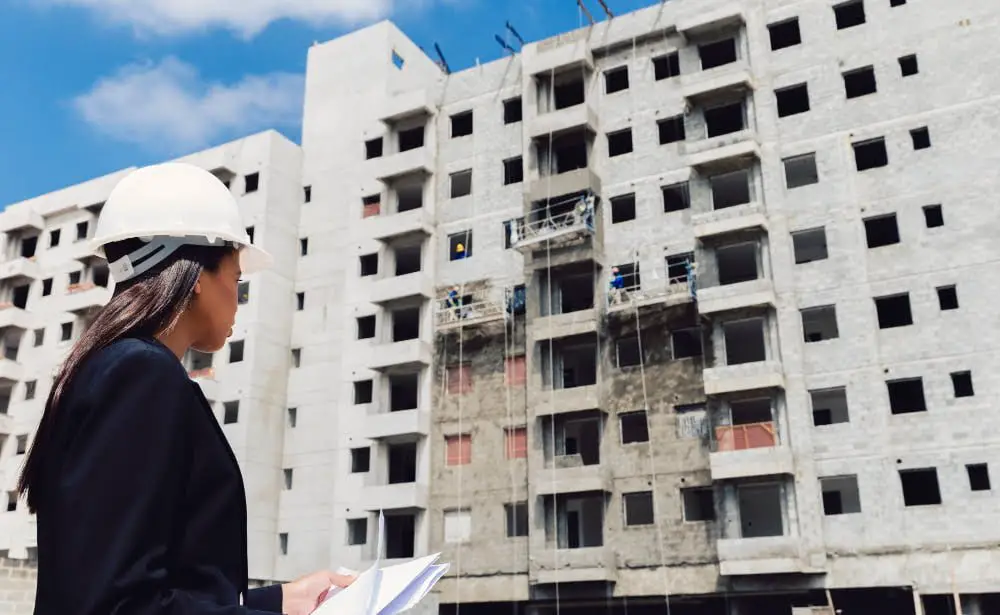
While fireproof polymers may seem like a new and innovative concept, they have actually been around for quite some time. In fact, many of the materials used in construction today are already required to meet certain testing and certification standards to ensure their safety.
When it comes to fireproof polymers specifically, there are several organizations that set these standards. The National Fire Protection Association (NFPA) is one such organization that has developed codes and standards related to building construction and fire protection systems.
The Underwriters Laboratories (UL) is another organization that tests products for safety before certifying them as safe for use in various applications. UL has specific testing procedures designed specifically for evaluating the effectiveness of flame retardant materials like fireproof polymers.
By adhering to these rigorous testing and certification standards, builders can be confident in using fireproof polymer materials knowing they have been thoroughly evaluated by experts in the field. This not only ensures safer buildings but also provides peace of mind for homeowners who want assurance that their homes will withstand potential fires or other disasters.
So if you’re considering a new construction project or looking into ways to improve your existing structure’s safety features – consider incorporating certified-fire resistant polymer-based products into your design plans!
Future Developments in Fireproof Materials

As we’ve seen, fireproof polymers are a game-changer in the construction industry. But what does the future hold for these innovative materials? The possibilities are endless.
One exciting development is the use of nanotechnology to enhance fire resistance even further. By incorporating nanoparticles into polymer coatings, researchers have been able to create materials that can withstand temperatures up to 1,000 degrees Celsius without breaking down or catching fire.
Another area of research is focused on creating more sustainable and eco-friendly options for fireproofing. Traditional flame retardants often contain harmful chemicals that can be hazardous to both human health and the environment.
However, scientists are now exploring natural alternatives such as clay minerals and cellulose-based compounds that could provide effective protection without any negative side effects.
As we continue to push boundaries with new technologies and innovations in material science, it’s clear that there’s no limit when it comes to improving safety standards in construction projects – especially when it comes down preventing fires from spreading through buildings like wildfire!
Recap




